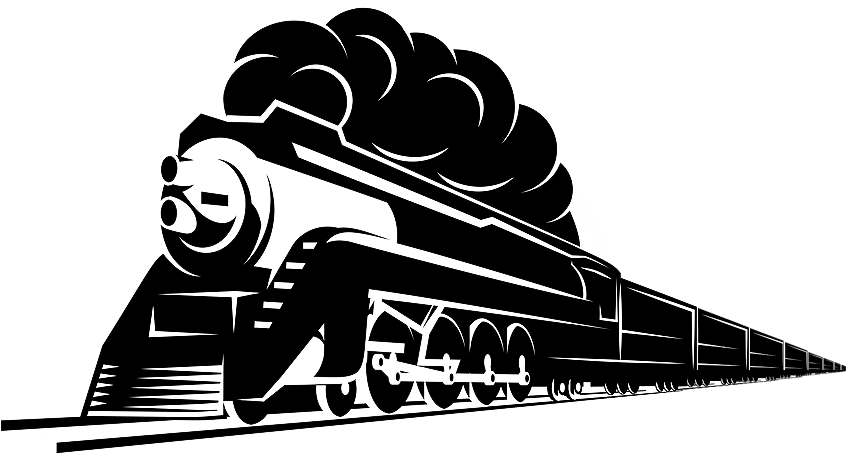"Specialists in American Flyer Trains & S-Gauge Railroading"
888-708-0782 (from US only)
978-465-8798 (International)
Phone calls: 2-5 PM Eastern
Time, Tue-Thu only
AM. FLYER REPAIR CLINICS
CLINIC # 20: THAT "FASTER - IN - REVERSE" SYNDROME !
This is not an uncommon problem, and there can be several causes.
a) An overheated motor, requiring rewinding.
b) Poor centering of the armature plates within the field plates.
c) Too much "play" of the armature from front to back....should have some but not a lot. (See [g] below.
d) Lack of at least one thrust washer on the front end of the armature, to reduce friction between the armature and the chassis bearing.
e) Worn bearing in either the chassis or the brush bracket (both ends of the armature), resulting in too much sideways "play". Replace as necessary....replacement, reproduction bearings are now available.
f) The face of the commutator may not be flat. It is not unusual for brush-wear to create "cups" or indentations in the surface of the commutator, especially near the slots. When run in the reverse direction, the brushes now tend to get caught, or meet resistance, at those indentations, reducing speed.
g) You may have an incorrect brush bracket. Look at the inside surface of the brush bracket where the rear end of the armature shaft inserts into the bearing. Some brush brackets are flat at that point. Others have a raised surface there. If your armature has a cone-shaped "oil slinger" on the shaft, it should be used with a brush bracket with a flat inside surface. But if it does not have an oil slinger, it should be used with a brush bracket with a raised area on the inside surface. To use an incorrect match will either result in too much front-to-back armature "play", or too tight an installation and slower (or no) rotation.
If (a) is the problem, then use of a can motor replacement may be the solution, especially since it would be cheaper than replacement with original motor components. If you wish to retain your original motor, then it can be rewound; I recommend it be machine-rewound to original spces...not rewound by hand.
If (b), (c), (d) and/or (e) do not correct the problem, then a can motor may be a good solution.
If (f) is the problem, you need to carefully "sand" the face of the armature flat again. The suggested way to do this is to attach a sheet of fine emery paper to a block of wood. Drill a hole in it to accept the short end of the armature shaft. Insert the long end of the armature shaft in the chuck of a drill press, being sure it is perfectly vertical. Now slowly lower the chucked armature down against the emery covered block of wood, smoothing the face of the commutator. But do so very carefully, and do not go too far. If the dimples are too deep, you will need to have a new commutator fact installed.
If (g) is the problem, replace the brush bracket with the correct one.
Another suggestion that has arisen is that the problem can often be reduced or eliminated by adjustment of the smoke gear. First, be sure that the axle gear is properly centered so that it engages the armature worm correctly. If it is off-center, it will not engage the worm in a vertical position, resulting in undesirable torque. Second, be sure the smoke piston gear is firmly mounted....this may require driving the stud which mounts it to the chassis a bit further in. Finally.....and this is the suggested key to the solution....re-assemble so that the smoke-rod stud is in the aft (rear) position, and the siderod studs on one side are in the forward position. In other words, all the mounting studs are on the drivers and the smoke gear are lined up linearly, again reducing torque.
Can motor installation requires no permanent modifications to your engine, is inexpensive, and is very simple.
PARTS AVAILABILITY:
Armature thrust washers (three thicknesses: .005, .010, .020)
Chassis or brush bracket bearings
Original brush brackets
Can motors
Rewound or good used armatures and fields
Your purchase is secure
Satisfaction guaranteed
International shipping
HOME
6 Storeybrooke Drive
Newburyport, MA 01950-3408
Email Doug
888-708-0782 (from US only)
978-465-8798 (International)
Phone calls: 2-5 PM Eastern
Time, Tue-Thu only
All Rights Reserved | Port Lines Hobby Supplies
Website & Hosting by SovoWeb a division of RedXWebDesign

